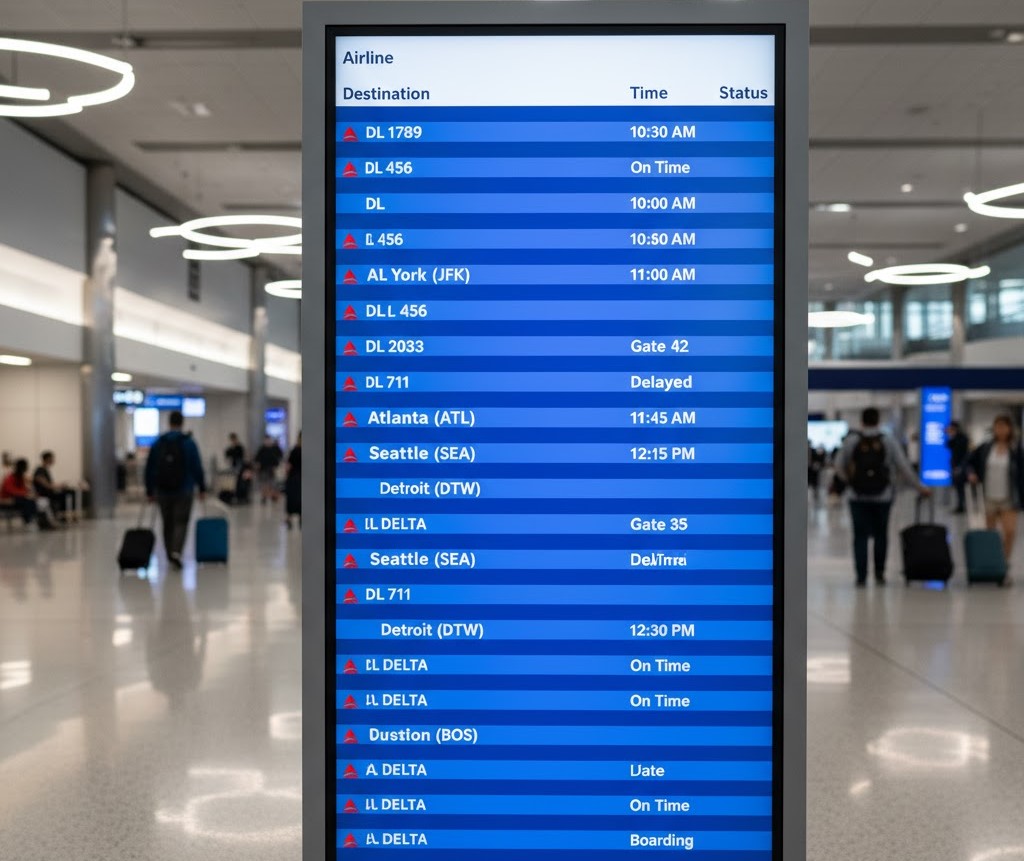Have you ever been in this situation? Have you ever ordered something online only to be surprised by the unexpected shipping fee at checkout? Or found a ”great deal” on raw materials that wasn’t that great once all the extra costs were added? We all have somehow experienced this.
In lean manufacturing, these hidden costs can be the difference between profit and loss. And that’s why understanding delivered prices matters. It’s not just about seeing the price tag, but the total cost.
What Are Delivered Prices?
Delivered prices refer to the total cost of the material or product when the consignment arrives at your facility. Unlike the basic purchase prices, delivered prices include all associated costs required to dispatch the item from your supplier to your doorstep.
Understanding delivered prices becomes crucial for lean manufacturers, who are more invested in optimizing processes and eliminating waste.
Components of a Delivered Price
The delivered price typically includes:
|
The fundamental cost of the product itself |
|
Freight, shipping, and handling charges |
|
Coverage during transit |
|
For international purchases |
|
Special packaging requirements |
|
Additional charges based on fuel costs |
|
Loading, unloading, or special handling fees |
Why Delivered Prices Matter in Lean Manufacturing
Here’s why delivered prices are crucial in lean manufacturing:
- Accurate Cost Visibility: These prices reveal the actual cost impact on your operations.
- Supplier Evaluation: Delivered costs provide a fair basis for comparing suppliers.
- Waste Reduction: These prices can help manufacturers identify hidden costs that can be eliminated.
- Value Stream Mapping: They support accurate costing in your value stream.
How to Analyze Delivered Prices
1. Break Down All Components
Request itemized quotes from suppliers with details about all charges that contributed to the delivered price. This transparency will enable you to identify potential areas for cost reduction.
2. Consider Total Cost of Ownership
You must look beyond delivered prices and also consider:
- Quality impact (defect rates)
- Reliability of delivery
- Payment terms
- Supplier relationship value
3. Implement Landed Cost Analysis
It’s recommended to use software tools or spreadsheets to track all costs associated with each purchase. Because it enables you to:
- Compare suppliers accurately
- Identify cost trends
- Find opportunities for consolidation
Strategies to Optimize Delivered Prices
1. Consolidate Orders
Combine multiple small orders into larger shipments. It reduces per-unit transportation cost. The Thai strategy works well for:
- Regular-use items
- Multiple SKUs from the same supplier
- Regional planning
- Time-based consolidation
Pro Tip: Although order consolidation reduces transportation costs, it must be balanced against inventory carrying costs. Use economic order quantity calculations to find the optimal balance.
2. Negotiate Better Terms
Work with suppliers to establish:
- Work together with suppliers to establish:
- Volume-based pricing
- Shared transportation costs
- Optimized delivery schedules
- Fuel surcharge caps
- Multi-year contracts
- Payment term incentives
3. Explore Alternative Logistics
Conduct regular logistics audits to evaluate whether your current methods still represent the best value.
Market conditions and carrier offerings change frequently, so considering different transportation methods is also a great strategy.
Try the following:
- Less-than-truckload vs full truckload
- Rail vs truck
- Oceans vs air freight
- Intermodal solutions
- Regional carrier vs. national services
4. Implement Vendor-Managed Inventory (VMI)
Allowing suppliers to manage inventory levels at your facility can potentially reduce ordering and transportation costs.
A successful VMI provides:
- Lower administrative costs: Reduction in purchase orders, receiving procedures, and inventory management
- Optimized deliveries: More efficient transportation routes and schedules
- Reduced stock-outs: suppliers taking the responsibility for maintaining agreed inventory levels
- Consumption-based billing: pay only for what you use, when you use
- Streamlined warehousing: dedicated supplier-managed spaces to improve organization and reduce handling
- More frequent, smaller deliveries: Minimize inventory carrying costs and emergency shipping charges
Pro Tips:
When implementing VMI:
▶️Create clear performance metrics for suppliers.
▶️ Establish minimum/maximum inventory levels.
▶️ Develop protocols for unexpected demand fluctuations.
▶️ Be transparent about consumption forecasts to help suppliers plan effectively.
5. Review Packaging Requirements
Optimize packaging to:
- Reduce weight and volume
- Improve product protection
- Minimize handling requirements
- Standardize dimensions
- Consider returnable packaging
- Evaluate sustainable options
- Collaborate with suppliers
Also, a systematic packaging review should include transportation testing, cost analysis across the entire supply chain, and feedback from warehouse and production staff who handle materials.
Delivered Prices and Lean Metrics
Connect delivered prices to key lean metrics.
| Inventory Turns
Higher delivered prices may justify lower inventory levels |
Lead Time
Consider how delivered prices impact overall lead time |
| Perfect Order Fulfillment
Track how different suppliers perform against delivered price agreements |
|
Common Pitfalls to Avoid
- Focusing entirely on the purchase price without considering the total delivered cost
- Ignoring the geographical advantages of closer suppliers with potentially higher base prices
- Failing to review delivered price agreements as market conditions change regularly
- Not calculating the cost impacts of delivery reliability issues
- Overlooking smaller cost components that can add up significantly
Implementing a Delivered Price Management System
Here’s how to bring a delivered price management system to action:
- Document the current state by mapping all costs associated with purchases
- Establish baseline metrics by determining your current average delivered price by category
- Identify specific areas for cost reduction to set improvement targets
- Create supplier scorecards and include delivered price performance
- Review regularly, schedule quarterly reviews of delivered price trends
Conclusion
Delivered cost — the total cost of a product from the moment it is dispatched from the supplier to the moment it arrives at your facility. Understanding and optimizing these charges is a fundamental aspect of lean manufacturing that directly affects your bottom line.
You can significantly identify opportunities for waste reduction and process improvement by analyzing and managing delivered prices.









